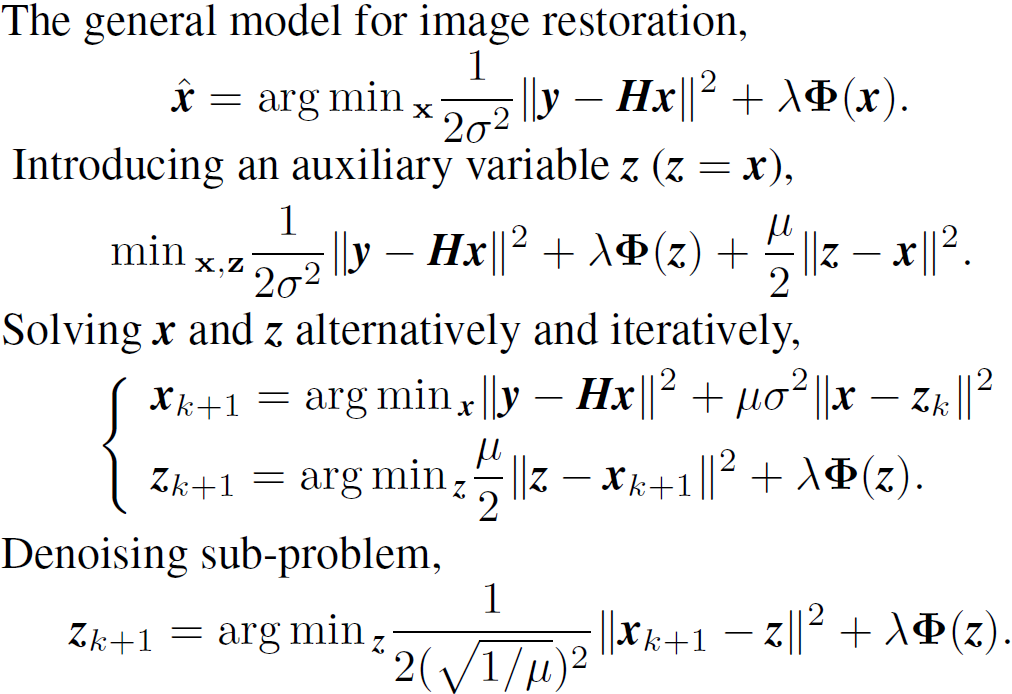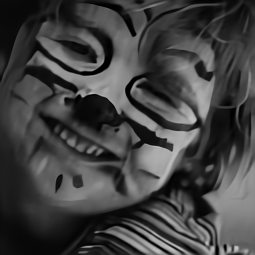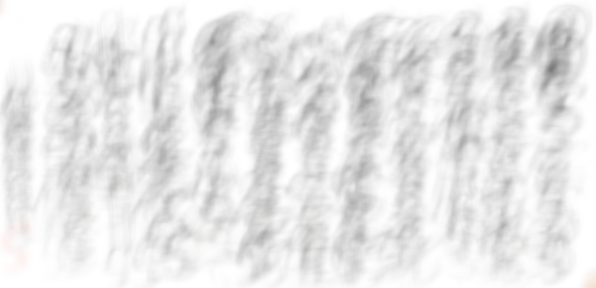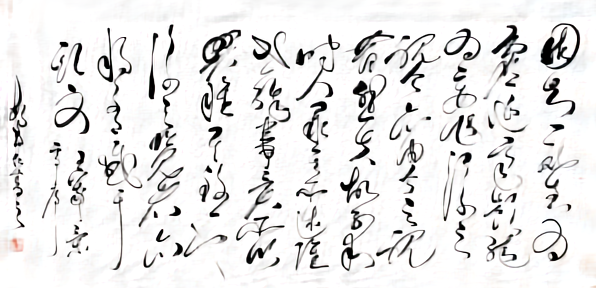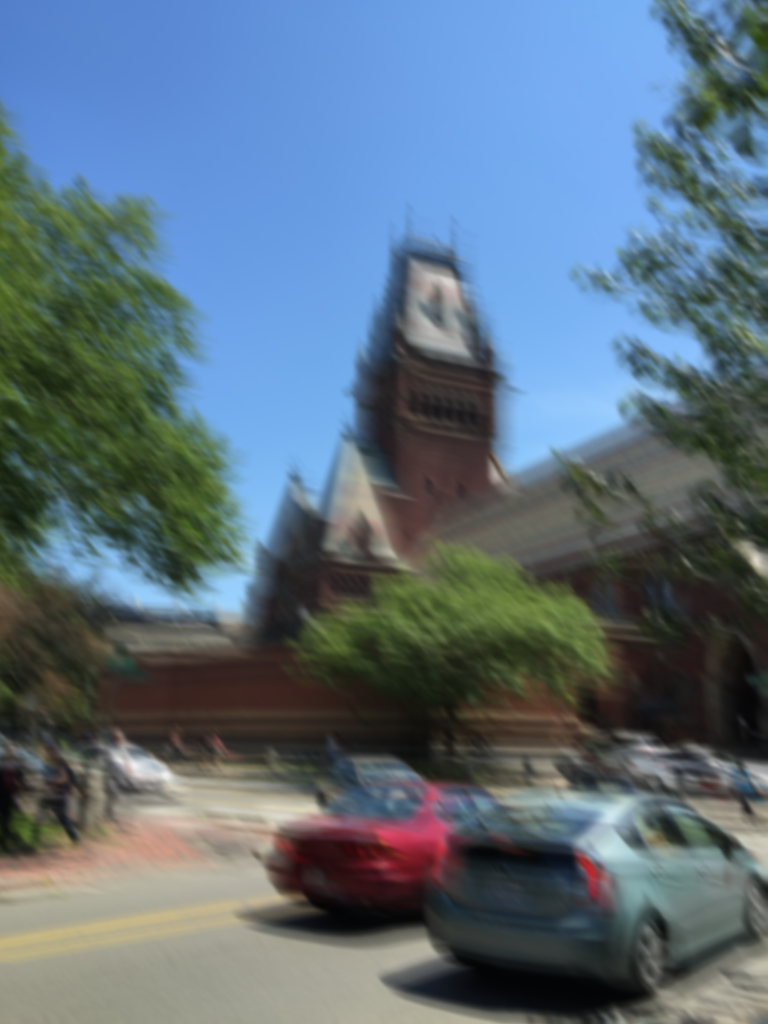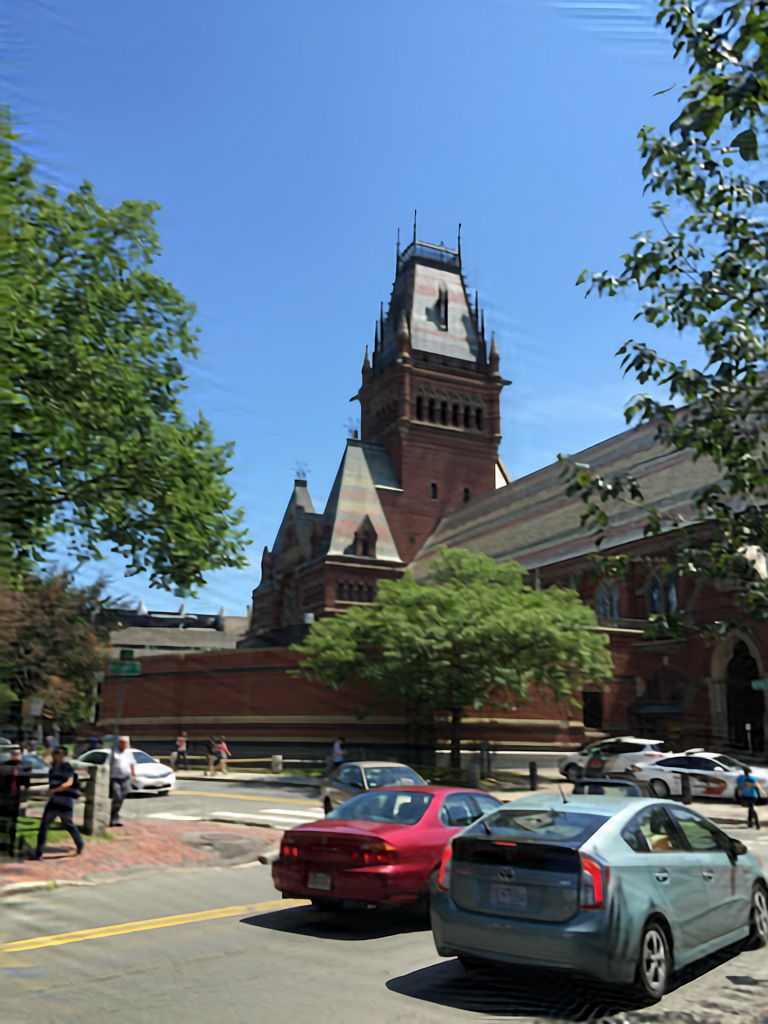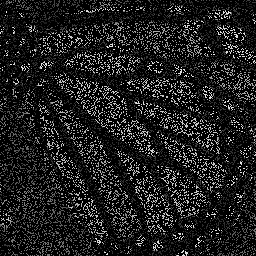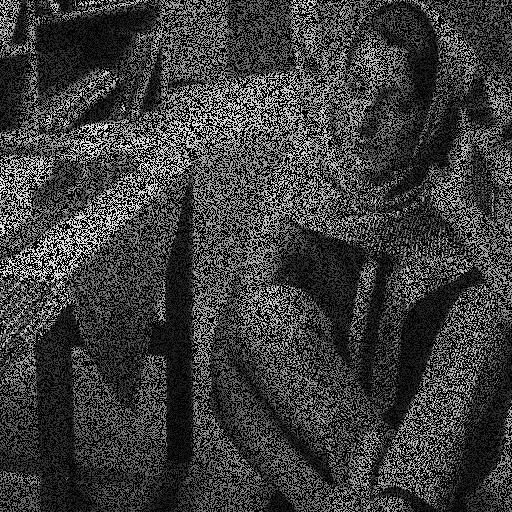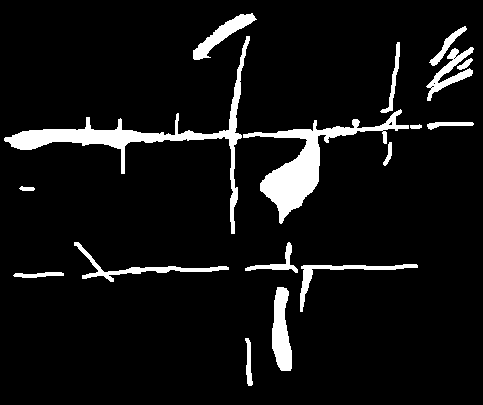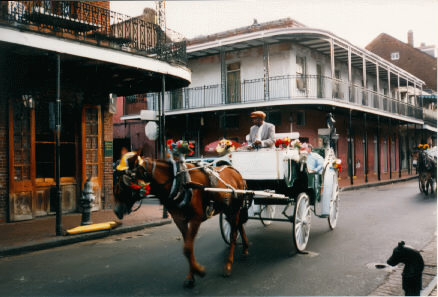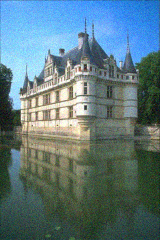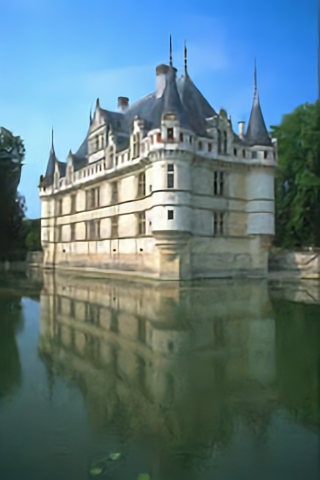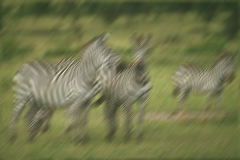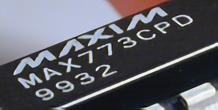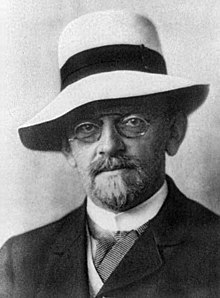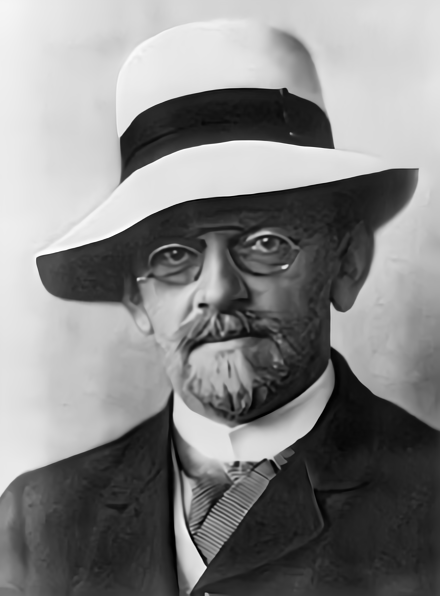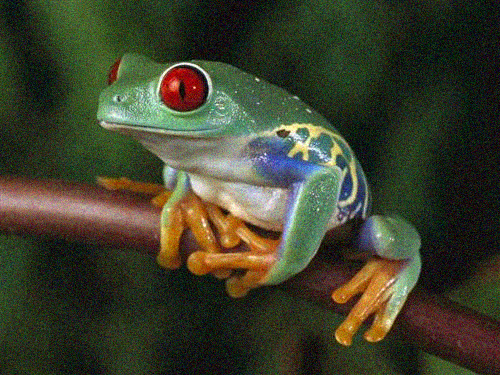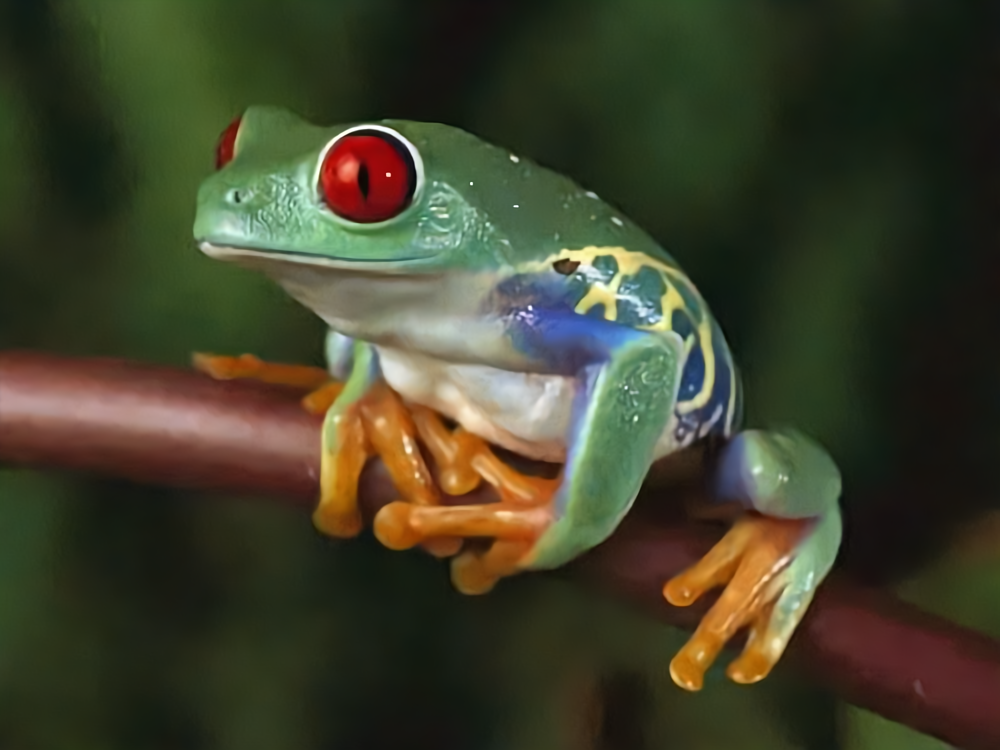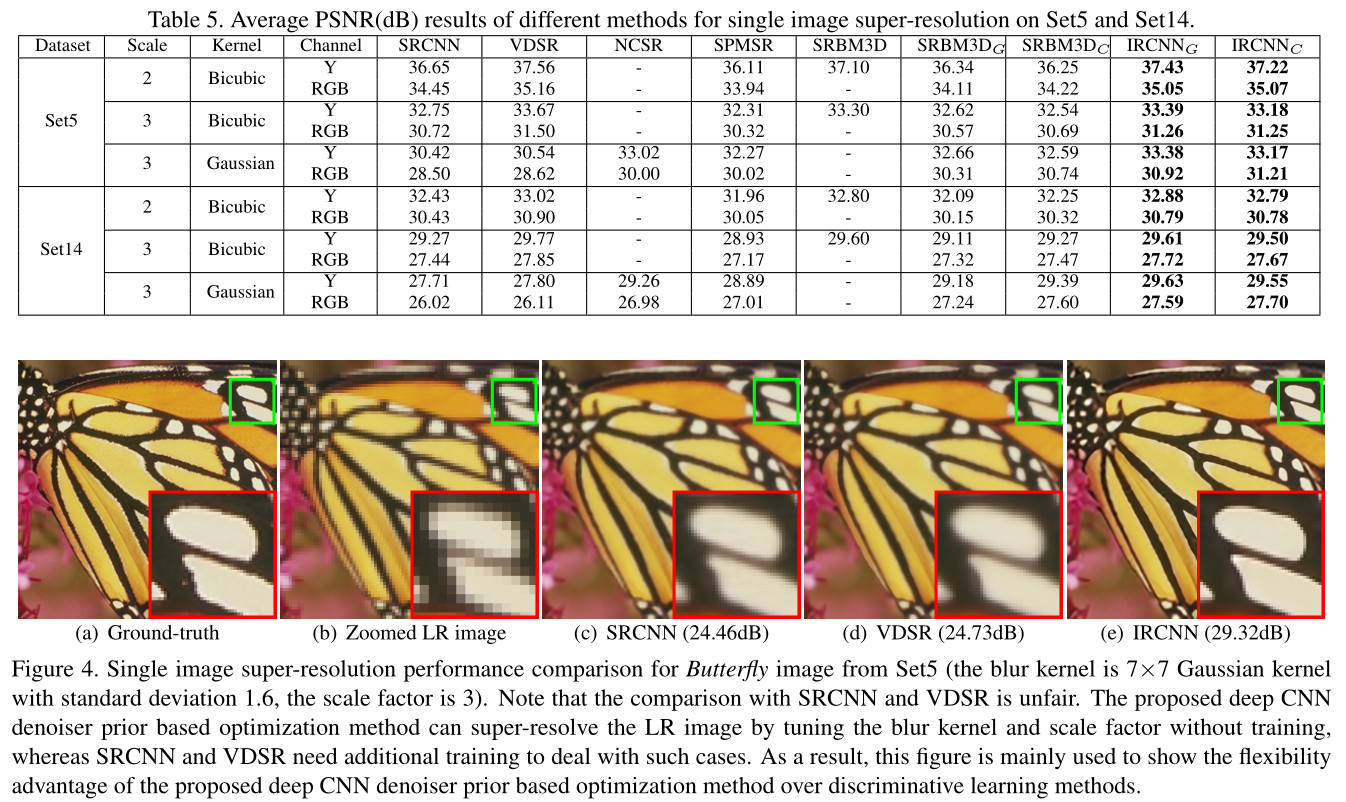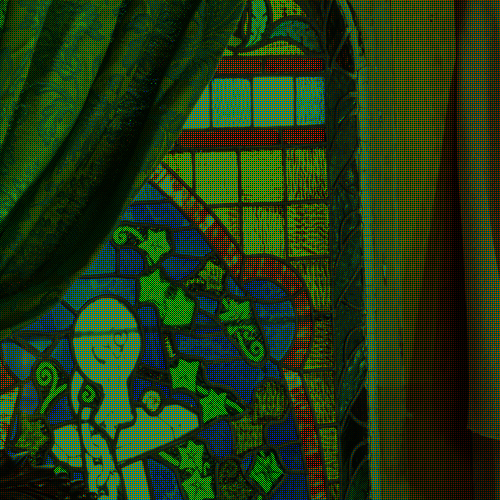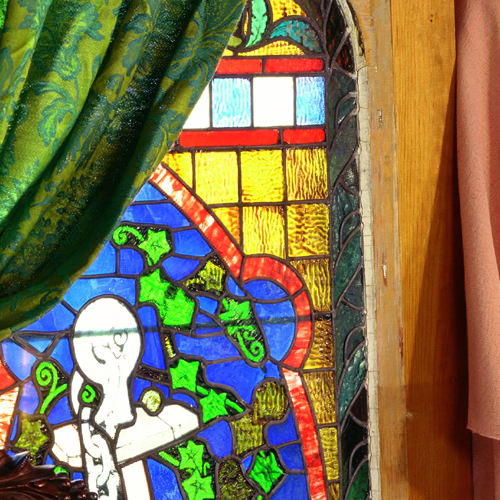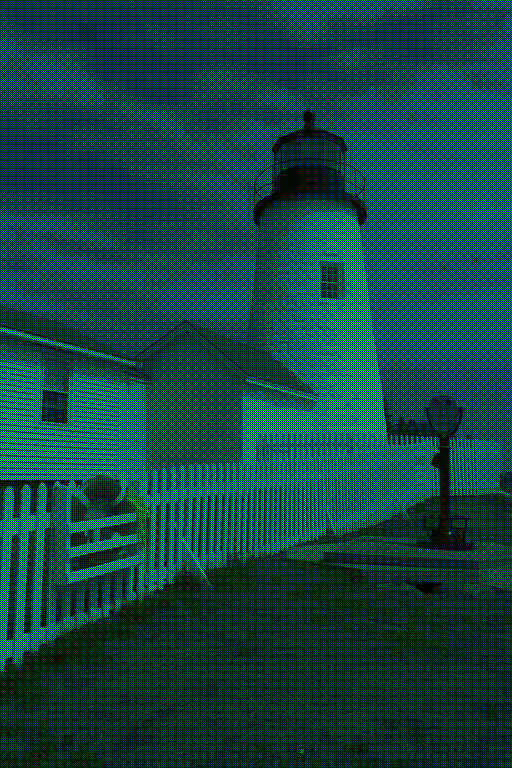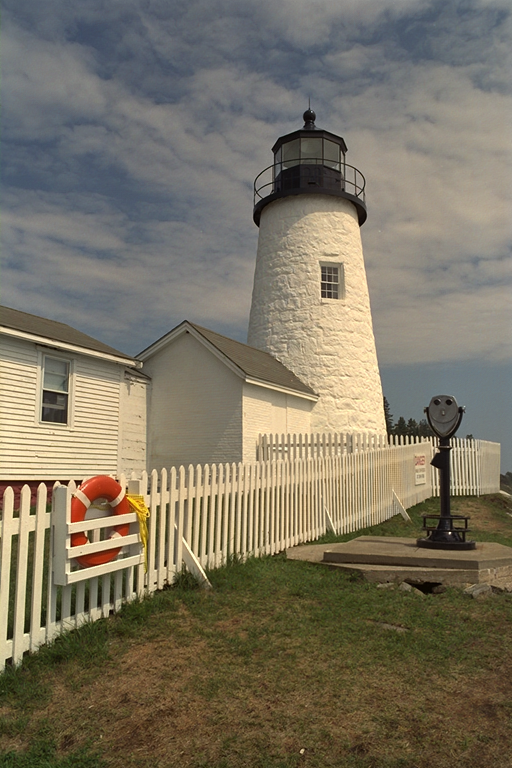Model-based optimization methods and discriminative learning methods have been the two dominant strategies for solving various inverse problems in low-level vision. Typically, those two kinds of methods have their respective merits and drawbacks, e.g., model-based optimization methods are flexible for handling different inverse problems but are usually time-consuming with sophisticated priors for the purpose of good performance; in the meanwhile, discriminative learning methods have fast testing speed but their application range is greatly restricted by the specialized task. Recent works have revealed that, with the aid of variable splitting techniques, denoiser prior can be plugged in as a modular part of model-based optimization methods to solve other inverse problems (e.g., deblurring). Such an integration induces considerable advantage when the denoiser is obtained via discriminative learning. However, the study of integration with fast discriminative denoiser prior is still lacking. To this end, this paper aims to train a set of fast and effective CNN (convolutional neural network) denoisers and integrate them into model-based optimization method to solve other inverse problems. Experimental results demonstrate that the learned set of denoisers can not only achieve promising Gaussian denoising results but also can be used as prior to deliver good performance for various low-level vision applications.
With the aid of variable splitting techniques, such as alternating direction method of multipliers (ADMM) method and half quadratic splitting (HQS) method, it is possible to deal with fidelity term and regularization term of general image restoration formulation separately, and particularly, the regularization term only corresponds to a denoising subproblem. Consequently, this enables an integration of any discriminative denoisers into model-based optimization methods to solve various image restoration tasks, such as
- Image Deblurring
- Image Inpainting
- Single Image Super-Resolution
- Color Image Demosaicking
There is no additional training for these tasks.
The left is the blurred image. The right is the deblurred image by IRCNN with estimated kernels by other blind deblurring methods.
- Deblur_set1
- Deblur_set2
- Deblur_set3
Use Demo_deblur_real_application.m to test IRCNN for image deblurring with estimated kernel by other blind deblurring methods.
The left is the masked image. The right is the recovered image by IRCNN.
- Inpaint_set1
- Inpaint_set2
Use Demo_inpaint.m and Demo_inpaint_real_application.m to produce the above results.
y = imresize(x, 1/sf, 'bicubic') % y: LR image; x: clean HR image; sf: scale factorIRCNN for bicubic degradation has a comparable performance to VDSR and DnCNN.
Use Demo_SISR_YCbCr.m and Demo_SISR_RGB.m to produce the SISR results.
For scale factor 3,
kernelsize = ceil(sigma*3)*2+1; % or 7 for sigma = 1.6
kernel = fspecial('gaussian',kernelsize,sigma);
blur_HR = imfilter(im,kernel,'replicate')
LR = imresize(blur_HR, 1/scale, 'nearest');For scale factors 2 and 4,
kernelsize = ceil(sigma*3)*2+2;
kernel = fspecial('gaussian',kernelsize,sigma);
blur_HR = imfilter(im, kernel,'replicate');
LR = blur_HR(scale/2:scale:end-scale/2,scale/2:scale:end-scale/2,:);Use Demo_SISR_YCbCr.m and Demo_SISR_RGB.m to produce the SISR results.
3. Blurring by arbitrary kernel followed by standard K-fold downsampler (matlab function 'downsample')
blur_HR = imfilter(im, kernel,'replicate'); % kernel can be arbitrary, such as motion blur, Gaussian blur.
for i = 1:size(x,3)
LR(:,:,i) = downsample(downsample(blur_HR(:,:,i),sf)',sf)';
endMore details on this degradation model can be found in the following paper.
[1] Chan, Stanley H., Xiran Wang, and Omar A. Elgendy. "Plug-and-Play ADMM for image restoration: Fixed-point convergence and applications." IEEE Transactions on Computational Imaging 3.1 (2017): 84-98.
The left is the zoomed LR image (x3) with motion blur kernel, the right is the super-resolved image (x3) by IRCNN.
The left is the low-resolution (LR) image. The right is the super-resolved image by IRCNN.
- SISR_set1, synthetic LR image SR
- SISR_set2, real LR image SR
Use Demo_SISR_direct_downsampler_real_application.m to produce the above SISR results.
The left is the mosaiced image. The right is the demosaiced image by IRCNN.
- Set18 (McMaster, IMAX)
- Set24 (Kodak)
Use Demo_demosaiking.m to produce the above results.
- MATLAB R2015b
- Cuda-8.0 & cuDNN v-5.1
- MatConvNet
Example: Installation of CUDNN5.1, CUDA 8.0 GA2 and Matconvnet (Windows 7 64bit) (by kusiwu)
Download Visual studio 2015 and install it.
Download and install cuda 8.0 GA2: There is two installer, one is base installer and the other one is patch. You should download all of them. https://developer.nvidia.com/cuda-80-ga2-download-archive First install base installer (1.3GB) and then install patch (43.1MB) My cuda install path is: 'C:\Program Files\NVIDIA GPU Computing Toolkit\CUDA\v8.0'. You may need to add path CUDA_PATH if the setup does not do that. (as environment variable)
Download cudnn5.1. You should register to nvidia and download cudnn 5.1. Search in google please. Then you should extract the zip into "C:\Program Files\NVIDIA GPU Computing Toolkit\CUDA\v8.0" (See http://docs.nvidia.com/deeplearning/sdk/cudnn-install/index.html) Installations may need reboot.
%Download matconvnet http://www.vlfeat.org/matconvnet/download/matconvnet-1.0-beta25.tar.gz %create a directory named as "matconvnet" inside your matlab directory. %My matlab directory is = "D:\Program files\MATLAB\R2016b" , yours may differ, please change yours. %then extract matconvnet zip file and copy the file into "D:\Program files\MATLAB\R2016b\matconvnet\matconvnet-1.0-beta25"
%open matlab, all the below codes should be written into matlab command window. %write : in your case, the path can be different !!! Select visual studio 2015 path both C and C++ compiler.
mex -setup
mex -setup:'D:\Program files\MATLAB\R2016b\bin\win64\mexopts\msvc2015.xml' C
mex -setup C++
mex -setup:'D:\Program files\MATLAB\R2016b\bin\win64\mexopts\msvcpp2015.xml' C++
cd 'D:\Program files\MATLAB\R2016b\matconvnet\matconvnet-1.0-beta25'
addpath matlab
%run this
vl_compilenn('enableGpu', true, 'cudaMethod', 'nvcc', ...
'cudaRoot', 'C:\Program Files\NVIDIA GPU Computing Toolkit\CUDA\v8.0', ...
'enableCudnn', true, 'cudnnRoot', 'C:\Program Files\NVIDIA GPU Computing Toolkit\CUDA\v8.0') ;
%you will see lots of these messages and also many warnings may occur.
%Building with 'Microsoft Visual C++ 2015 Professional'. %MEX completed successfully. %Building with 'Microsoft Visual C++ 2015 Professional (C)'. %MEX completed successfully.
%write this
gpuDevice
and you should see something like that, but name may differ related with your graphic card.
CUDADevice with properties:
Name: 'Tesla K20c' Index: 1 ComputeCapability: '3.0' SupportsDouble: 1 DriverVersion: 6 ToolkitVersion: 5.5000 MaxThreadsPerBlock: 1024 MaxShmemPerBlock: 49152 MaxThreadBlockSize: [1024 1024 64] MaxGridSize: [2.1475e+09 65535 65535] SIMDWidth: 32 TotalMemory: 5.0330e+09 AvailableMemory: 4.9185e+09 MultiprocessorCount: 13 ClockRateKHz: 705500 ComputeMode: 'Default' GPUOverlapsTransfers: 1 KernelExecutionTimeout: 0 CanMapHostMemory: 1 DeviceSupported: 1 DeviceSelected: 1
%Lets test the system.
vl_testnn
%You will see messages like that this test may take 10 -20minute.
Done nnbilinearsampler[dataType=single,device=cpu]/bwd_data_consistency(ih=value2,iw=value1,oh=value1,ow=value2,multiple_grids=value1) in 0.00029763 seconds Running nnbilinearsampler[dataType=single,device=cpu]/bwd_data_consistency(ih=value2,iw=value1,oh=value1,ow=value2,multiple_grids=value2) Done nnbilinearsampler[dataType=single,device=cpu]/bwd_data_consistency(ih=value2,iw=value1,oh=value1,ow=value2,multiple_grids=value2) in 0.00046763 seconds %At the end you should see a message like that: %Totals: % 3586 Passed, 0 Failed, 0 Incomplete. % 1439.9093 seconds testing time.
Unzip IRCNN into a folder named for example: D:\IRCNN
The last step, open matlab command window and write these,
cd 'D:\IRCNN'
Demo_demosaiking.m
@inproceedings{zhang2017learning,
title={Learning Deep CNN Denoiser Prior for Image Restoration},
author={Zhang, Kai and Zuo, Wangmeng and Gu, Shuhang and Zhang, Lei},
booktitle={IEEE Conference on Computer Vision and Pattern Recognition},
pages={3929--3938},
year={2017},
}
